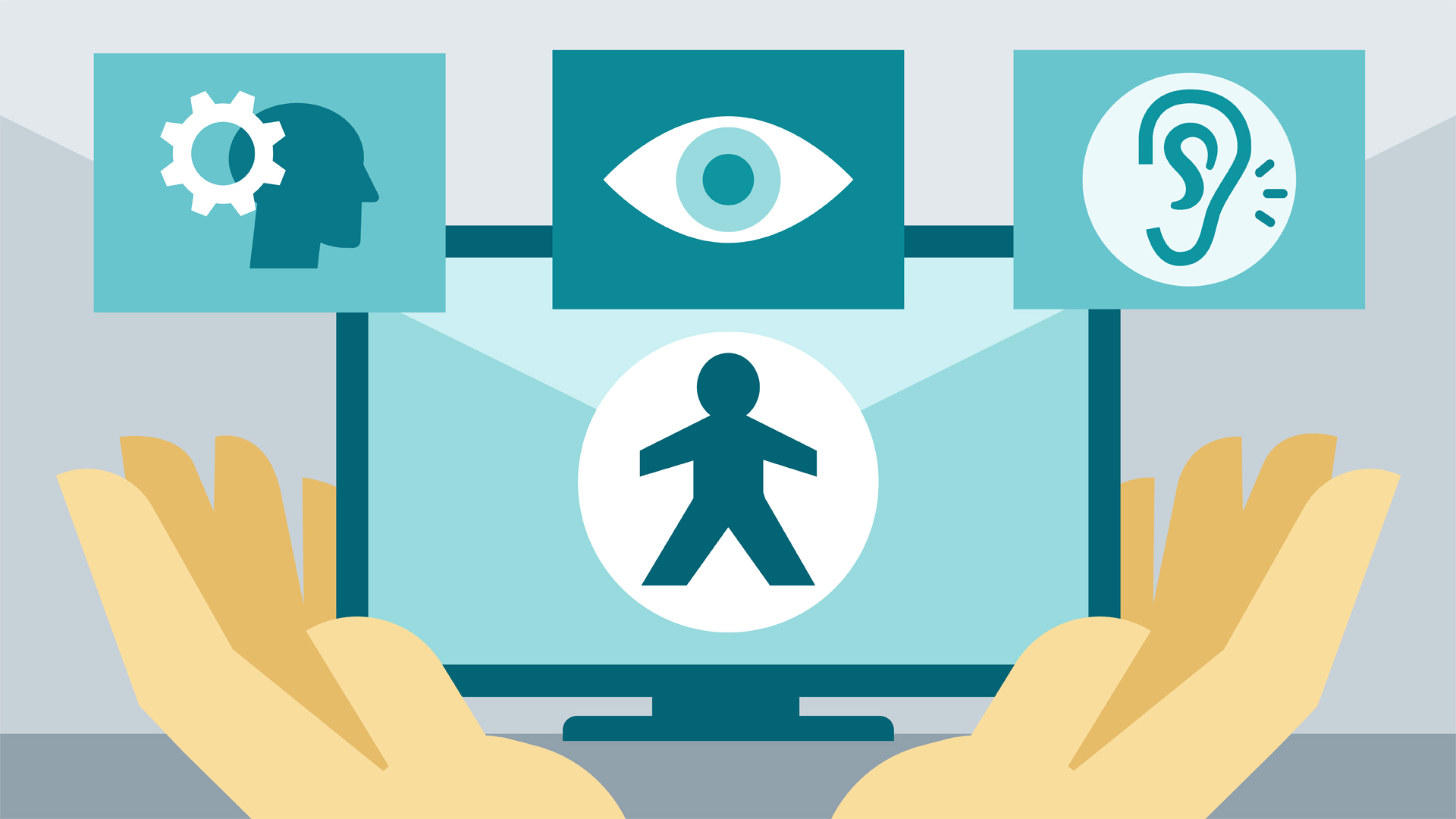Unveiling the Secrets of Ghosted Domains
Explore the intriguing world of expired domains and online opportunities.
Web Accessibility: The Secret Ingredient for Happy Users
Unlock the secret to happy users! Discover how web accessibility transforms experiences and boosts engagement on your site.
Why Web Accessibility Matters: Enhancing User Experience for Everyone
Web accessibility is crucial in creating an inclusive digital environment where everyone, regardless of their abilities, can access and engage with online content. By implementing accessibility standards, businesses not only adhere to legal requirements but also enhance the overall user experience for all visitors. This commitment to inclusivity allows people with disabilities to navigate websites, fill out forms, and interact with multimedia components effortlessly. When a website is designed with accessibility in mind, it eliminates barriers that may hinder the browsing experience for individuals with visual, auditory, or cognitive challenges.
Furthermore, ensuring web accessibility can greatly benefit a site's SEO performance. Accessible websites often have clearer structures, easier navigation, and more descriptive content, which can lead to better ranking on search engines. By making content easily understandable and navigable, website owners can attract a wider audience and improve overall engagement. In addition, users are more likely to return to a site that prioritizes accessibility, which fosters loyalty and trust. Ultimately, enhancing web accessibility is not just about compliance; it significantly enriches the user experience for everyone, paving the way for a more equitable digital landscape.

10 Common Web Accessibility Mistakes and How to Avoid Them
Web accessibility is crucial for ensuring that all users, regardless of their abilities, can navigate and interact with your website. Unfortunately, many web developers fall into common traps that compromise accessibility. One of the most prevalent mistakes is using insufficient color contrast between text and background. Without proper contrast, visually impaired users may struggle to read content. To avoid this issue, utilize tools like contrast checkers to ensure your color choices meet accessible design guidelines.
Another significant accessibility mistake is neglecting to provide alt text for images. Alt text serves as a textual alternative for images, helping screen reader users understand the content and context of visuals. Failing to include this crucial information can alienate a segment of your audience. When adding images to your site, always remember to write clear and descriptive alt text that conveys the purpose of the image, thus enhancing the overall user experience.
Is Your Website Accessible? A Step-by-Step Guide to Testing Accessibility
Ensuring your website is accessible is crucial for reaching a broader audience, including users with disabilities. Start by testing accessibility using tools like automated evaluators, which can scan your site for common accessibility issues. These tools provide a quick overview, but remember that they aren’t foolproof. Following your initial scan, consider conducting manual testing to identify areas that automated tools might overlook. Here’s a basic checklist to guide your manual testing process:
- Check text contrast to ensure readability.
- Ensure all images have descriptive alt texts.
- Test navigation with a keyboard to confirm usability.
After performing your accessibility tests, it’s essential to implement changes based on your findings. Regularly review your website's accessibility to maintain compliance with standards like WCAG (Web Content Accessibility Guidelines). Involving real users, especially individuals with disabilities, in your testing can provide invaluable feedback and insights. By prioritizing accessibility, you not only enhance user experience but also improve your website's overall SEO performance, as search engines favor sites that cater to all users.